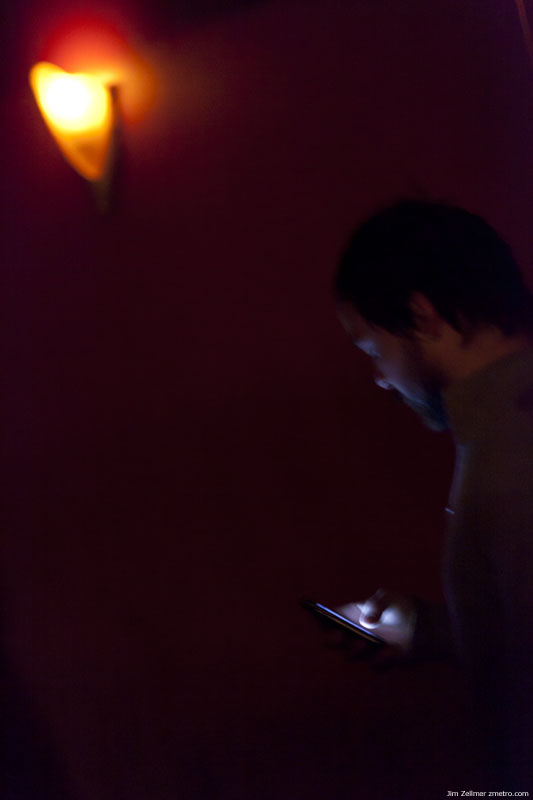Dawn C. Chmielewski and Claudia Eller,
Once upon a time, there was a studio in Burbank that spun classic fairy tales into silver-screen gold.
But now the curtain is falling on “princess movies,” which have been a part of Disney Animation’s heritage since the 1937 debut of its first feature film, “Snow White.” The studio’s Wednesday release of “Tangled,” a contemporary retelling of the Rapunzel story, will be the last fairy tale produced by Disney’s animation group for the foreseeable future.
“Films and genres do run a course,” said Pixar Animation Studios chief Ed Catmull, who along with director John Lasseter oversees Disney Animation. “They may come back later because someone has a fresh take on it … but we don’t have any other musicals or fairy tales lined up.” Indeed, Catmull and Lasseter killed two other fairy tale movies that had been in development, “The Snow Queen” and “Jack and the Beanstalk.”
To appreciate what a sea change this is for the company, consider that a fairy tale castle is a landmark at Disney theme parks around the world and is embedded in the Walt Disney Pictures logo. Fairy tale characters from Disney’s movies populate the parks, drive sales of merchandise and serve as the inspiration for Broadway musicals.
Alas, Snow White, Sleeping Beauty, Ariel, Jasmine and the other Disney royals were all born in the 20th century. Now, different kinds of Disney characters are elbowing their way into the megaplexes and toy aisles, including Pixar’s “Toy Story” buddies Buzz Lightyear and Woody, Capt. Jack Sparrow from “Pirates of the Caribbean” and a platoon of superheroes from the recent acquisition of Marvel Entertainment.
